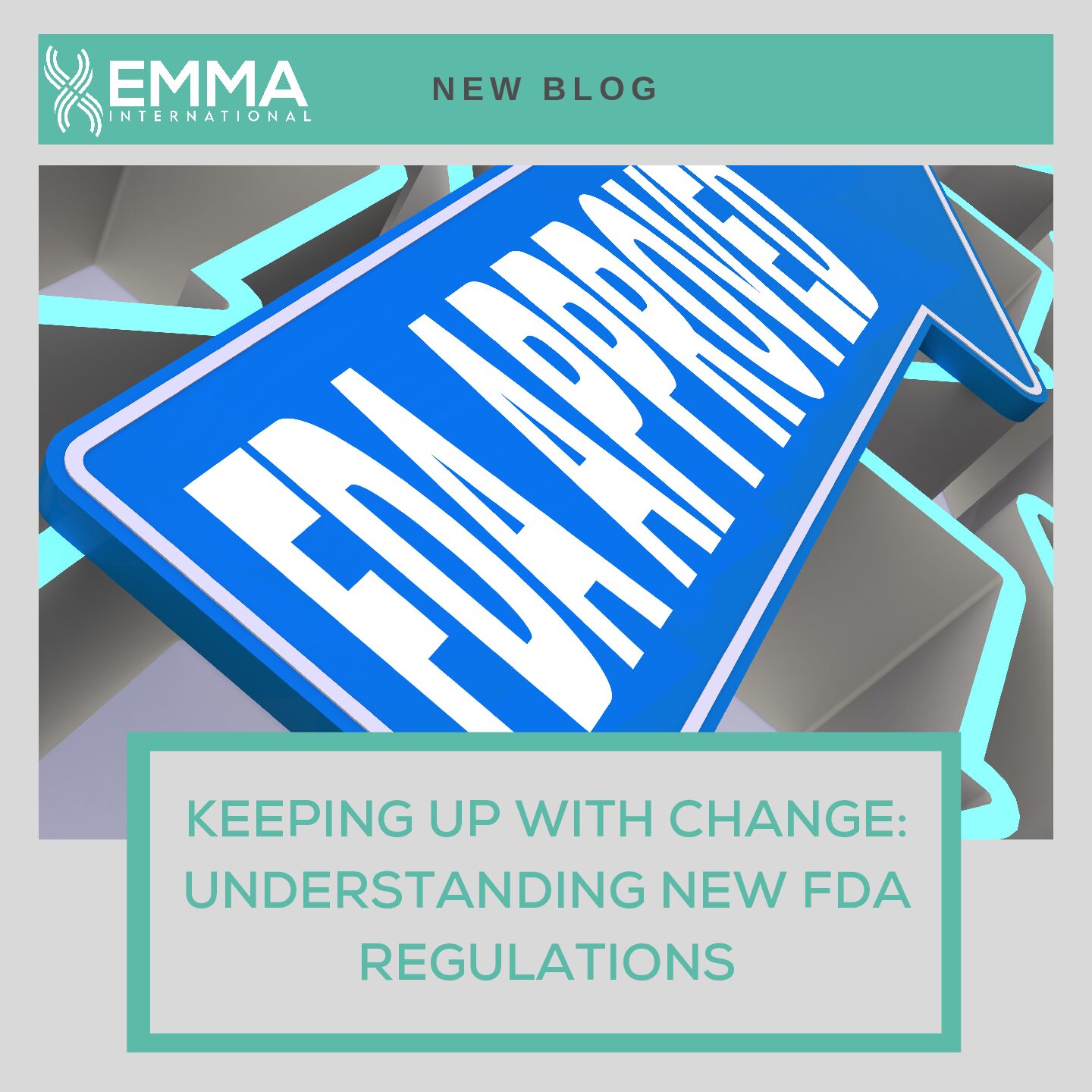In the ever-evolving world of healthcare and life sciences, staying abreast of new regulations from the U.S. Food and Drug Administration (FDA) is essential. Whether it’s a shift in compliance standards, the introduction of digital health policies, or enhanced post-market surveillance requirements, the FDA’s regulatory updates can have far-reaching impacts on product development, manufacturing, and market access.
One of the most notable trends in recent years is the FDA’s emphasis on risk-based, patient-centric approaches to regulation. This shift is evident in programs such as the Safer Technologies Program (STeP), which provides streamlined pathways for devices that address less serious conditions but still offer meaningful clinical benefit. The goal is to improve access to promising technologies without compromising safety (FDA, 2023).
Another critical area of change involves digital health. With the rapid growth of AI-based diagnostics, remote monitoring devices, and software as a medical device (SaMD), the FDA has updated its guidance to better reflect modern innovation. The agency’s Digital Health Center of Excellence plays a key role in helping manufacturers navigate these changes while ensuring compliance with pre-market and post-market requirements (FDA, 2022).
Equally important is the increased focus on post-market surveillance and real-world evidence. New regulations require manufacturers to proactively gather data on product performance after market approval, particularly for devices and therapies where long-term outcomes are crucial. These efforts align with the FDA’s broader strategy to use real-world data to inform regulatory decisions and improve public health (Sherman et al., 2021).
For many companies, understanding and implementing these regulatory changes presents both a challenge and an opportunity. Regulatory teams must interpret complex language, adapt internal quality systems, and ensure all documentation aligns with the new expectations. The FDA, in response, continues to issue updated guidance documents and offers resources like the CDRH Learn platform to assist stakeholders (FDA, 2023).
However, keeping up with these changes is not solely the responsibility of regulatory affairs departments. Cross-functional teams, including R&D, quality assurance, clinical, and manufacturing, must work together to ensure that compliance is embedded throughout the product lifecycle. Failure to stay current can result in delayed approvals, increased costs, or even enforcement actions.
Ultimately, understanding new FDA regulations is more than checking a compliance box. It’s about embracing a proactive mindset that values innovation, transparency, and patient safety. By remaining informed and agile, organizations can not only meet regulatory expectations but also position themselves as leaders in quality and trust.
Contact EMMA International at (248) 987-4497 or info@emmainternational.com for more information relating to new FDA guidelines and how they impact your company and facilities.
References:
FDA (2022). Digital Health Center of Excellence. Available at: https://www.fda.gov
FDA (2023). Safer Technologies Program (STeP). Available at: https://www.fda.gov
Sherman, R. E., et al. (2021). Real-world evidence — what is it and what can it tell us?. New England Journal of Medicine, 375(23), 2293–2297.
FDA (2023). CDRH Learn: Education for Industry. Available at: https://www.fda.gov





